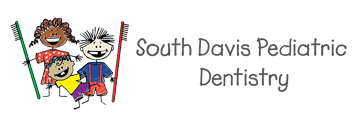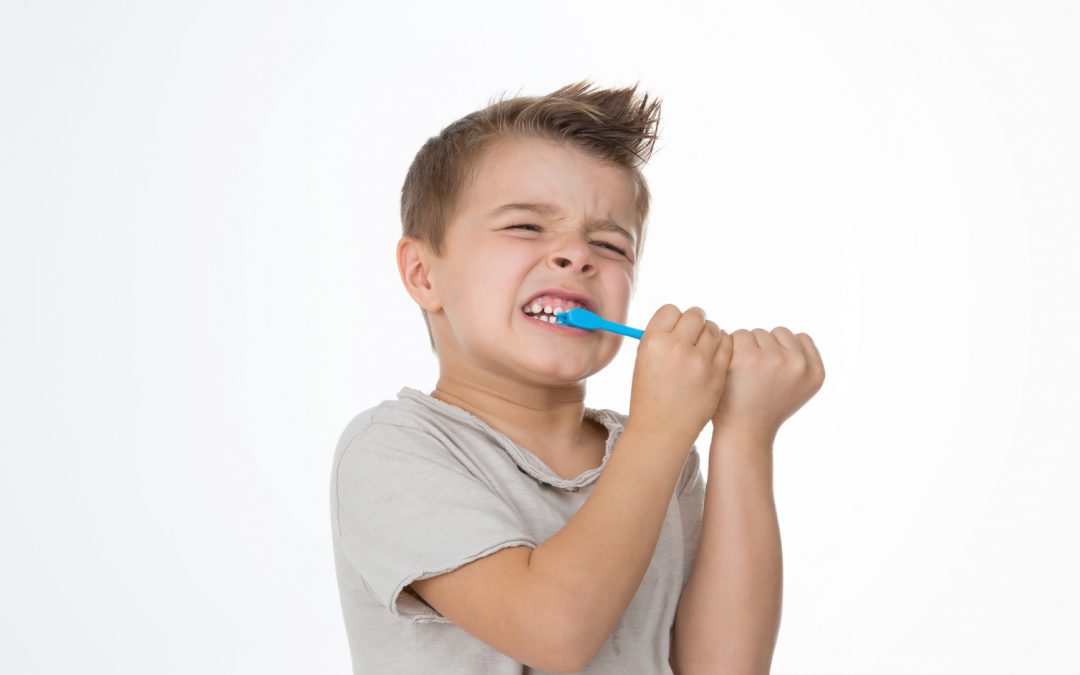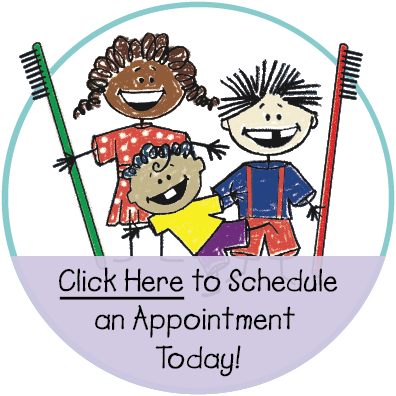Children often have a difficult time brushing their teeth. While some children try to brush too quickly, others forget about brushing altogether. No matter what the excuse is, children must learn proper brushing habits to keep their teeth and gums healthy. Fixing these 10 common tooth brushing mistakes could prevent your child from having a lot of unnecessary dental problems… and save you a lot of money too!
Using the Wrong Toothbrush
Are you using a hard-bristled toothbrush? We always recommend using a soft-bristled toothbrush, unless our doctors advise otherwise. A hard-bristled toothbrush can push the gums up, exposing the tooth below the gum line, causing pain. The hard-bristled toothbrush can also wear away at the enamel of the tooth, causing them to be vulnerable to decay.
Forgetting to Change the Toothbrush
The American Dental Association (ADA) recommends changing your toothbrush every 3-4 months. When you visit our Bountiful dental office, we will gladly provide your child with a new toothbrush at their next cleaning and examination. Old toothbrushes move bacteria around the mouth, which can increase the risk of gum disease.
Improper Technique
Enamel is strong, but it can be weakened when you brush too rigorously. Help your child brush at a 45-degree angle and slowly stroke the toothbrush over the teeth in a circular motion to remove plaque.
Forgetting to Floss
Brushing is one important element of proper oral health care, but flossing is another. Children have tight contacts between teeth, which can increase problems with cavities and gum disease. Use simple flossers if your children have a hard time flossing their teeth daily.
The Wrong Toothpaste
Kids tend to hate the taste of a lot of things! When it comes to toothpaste, the flavor options have becoming diverse and children have several choices. If they hate the taste of mint toothpaste, try using strawberry or bubble gum instead. Finding the right flavor can make a difference in helping your kids brush their teeth. Always select toothpaste that contains fluoride to prevent gum disease and tooth decay.
Storing the Brush Incorrectly
Do you place the wet toothbrush back into a crowded drawer? Prevent bacteria from growing by thoroughly cleaning the toothbrush and then placing them in a cup in an area that is not moist and damp. A medicine cabinet in a cup is the best place to allow the toothbrush to dry out without being susceptible to additional bacteria in the air.
Forgetting to Brush their Tongue
A lot of kids hate brushing their tongue, but this can often be the culprit of bacteria that causes gum disease and tooth decay. Use a tongue scraper to prevent gagging and to thoroughly clean the tongue.
Not Brushing Long Enough
Kids try to rush through the tooth brushing process. While kids need to brush at least twice a day, it is important for them to brush for at least two minutes. Try singing a fun song with your kids while they brush their teeth, or use a kitchen timer to make sure they spend enough time brushing.
Forgetting to Rinse
A smart way to remove plaque is to rinse after brushing. Use small cups in the bathroom for your kids to use so they can thoroughly rinse their mouth and remove any excess food particles.
Brushing Too Soon After Eating
To prevent extra bacteria in the mouth overnight, make sure your kids brush their teeth closer to bedtime and not too soon after dinner or breakfast. Wait at least 20 minutes after eating before brushing to allow the saliva to wash away extra food in the mouth.
If you’d like help teaching your child proper brushing and oral hygiene habits, stop by our office and we’d be more than happy to help show them the best way to brush!



Recent Comments